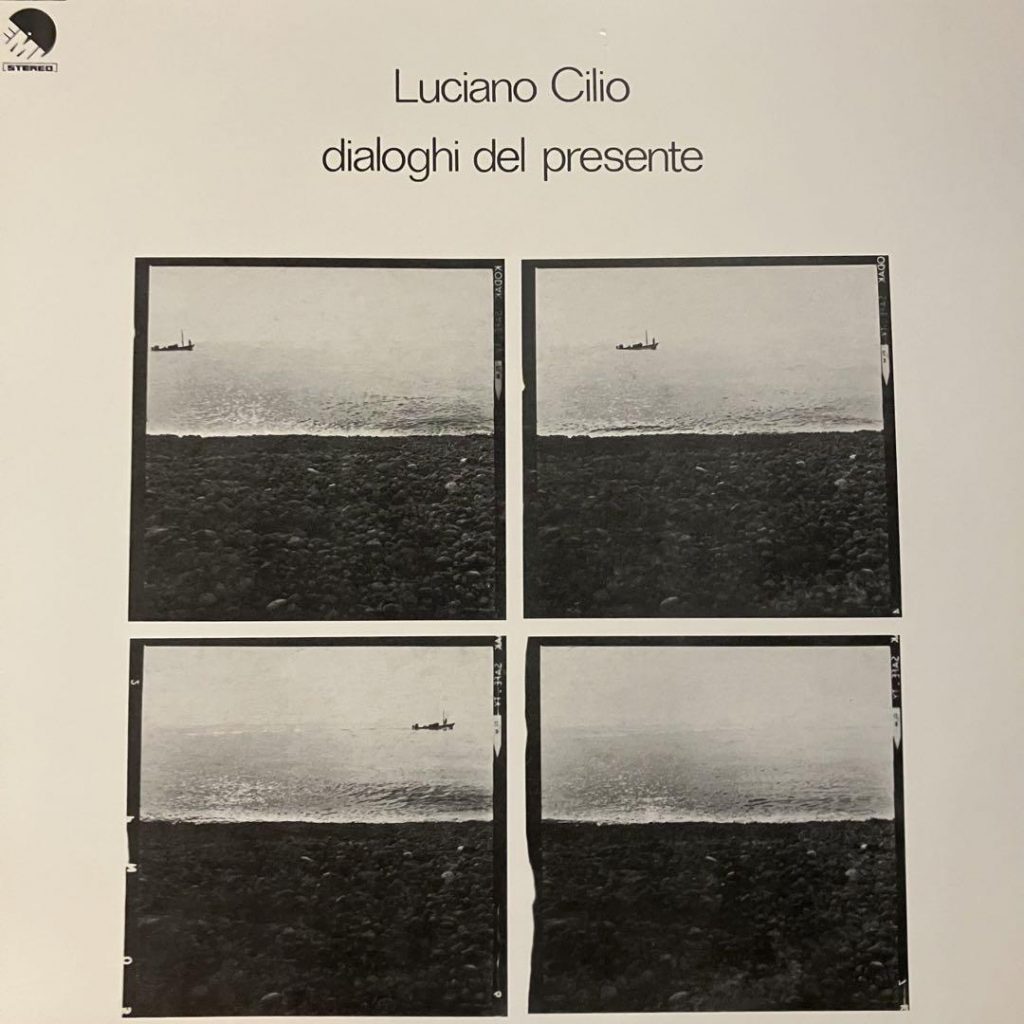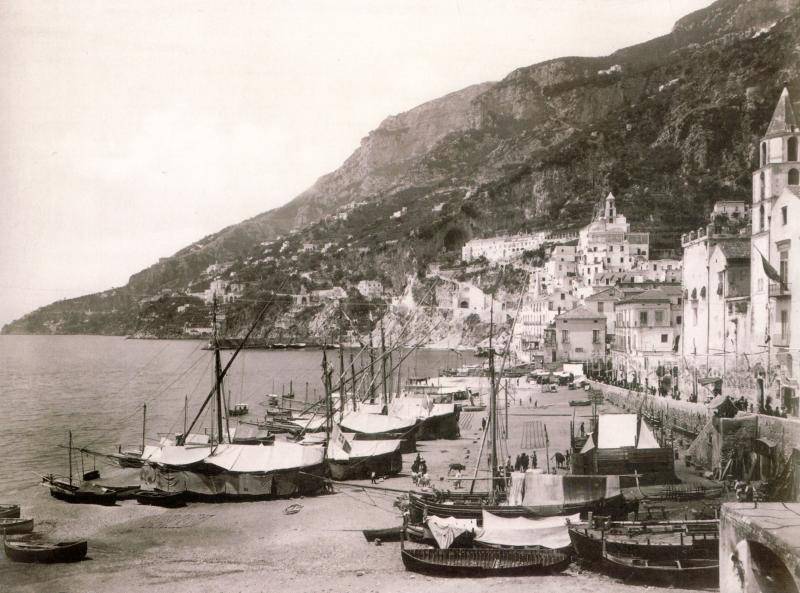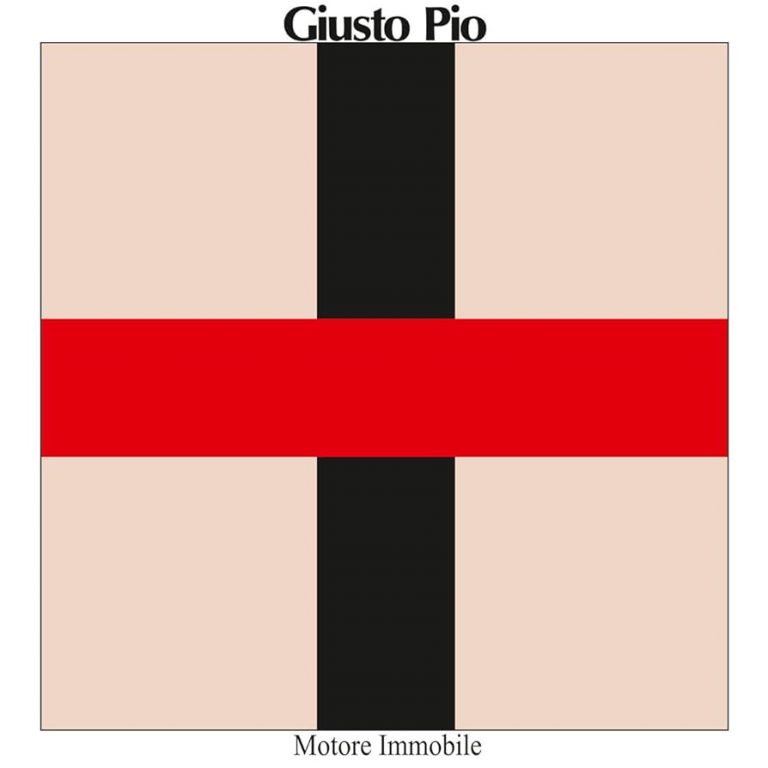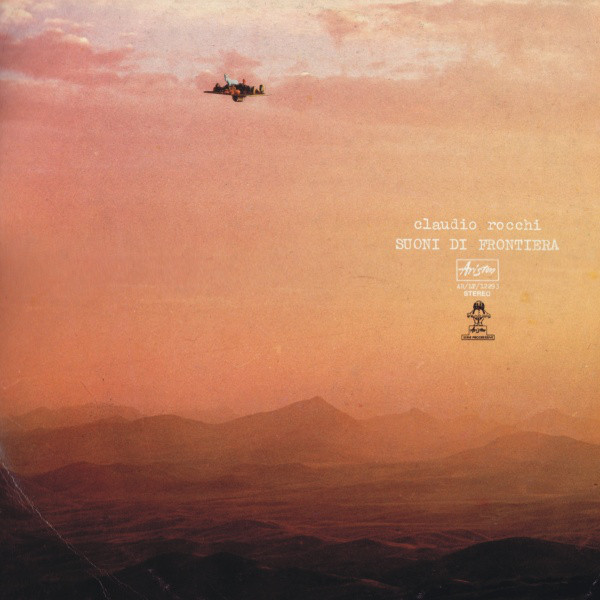
In his collection of music writings Quasi una Fantasia Adorno describes the melancholic radiance of Mascagni’s Cavalleria Rusticana by comparing it to the dazzlingly white villas of the Italian southern coast:
Migrants who go to the Argentine from Southern Italy return home rich and build themselves villas as white as Circe’s palace, poised above the azure of the eternal sea; temples adorned with columned halls, scattered randomly around the historic landscape (…). With its shapes and colours the volcanic soil’s ever-present threat to destroy everything on it encroaches up to the very edge of the architecture and justifies for a moment the illusion which it kindles in those superannuated forms. For this illusion is founded on death. For the brief space of their life these buildings may borrow the mythological images which are invoked by the proximity of death.
Unlike Adorno, I find the image of white palaces condemned to oblivion “above the azure of the eternal sea” quite poetic. The fleeting nature of these villas though didn’t remind me at all of Cavalleria Rusticana, but rather made me think of the pristine compositions of Luciano Cilio. The architectural metaphor is particularly apt because Cilio, a self-taught musician, had studied architecture and set design before devoting himself to music after a brief stint in the experimental theater scene in the 70s.

Adorno doesn’t mention exactly where in southern Italy his white villas are located, but it’s very likely that he’s referring to the Gulf of Naples, where he spent a very formative period in the 20s with Walter Benjamin and Marxist philosopher Alfred Sohn-Rethel. Coincidentally, Naples was also Cilio’s hometown: the musician came from Vomero, the upper-class hilltop district home of the city’s intelligentsia. Adorno’s words about the landscape of Naples perfectly capture the essence of his music: that “luminosity derived from its proximity to death” is at the core of Dialoghi del Presente [Dialogues of the Present], the only album he ever released before taking his own life in 1983 at the age of 33.
Composed around 1969 but published only in 1977, Dialoghi del Presente consists of four movements (‘quadri’) and one final intermezzo. It’s delicate minimalist music with an intense emotional charge and a strong Mediterranean flavor; performed by Cilio himself and other musicians from the experimental milieu of Naples, its pieces are scored for a classical ensemble of guitar, piano, strings, horns, winds and percussions.
The record opens with Primo Quadro ‘Della Conoscenza’ [First Picture ‘On Knowledge‘], a somber, elegant chamber music suite built on a tapestry of acoustic guitars, piano and strings where a female voice, gently backed by a saxophone, rises slowly in a crescendo which peaks in a multi-tracked chorus and ebbs in the reprise of the main melody for cello and piano. It’s a quiet masterpiece which rests upon a rigorous juxtaposition of melodic lines, sampled and mixed to perfection in studio. Here Cilio’s architectural sense of structure comes to the fore, paired with the utmost attention for timbre and rhythmic.
The more free-form Secondo Quadro, featuring maverick percussionist Tony Esposito, merges traditional Mediterranean arias with a raga-like rhythmic accompaniment. Like many of his contemporaries in the countercultural milieu of the 60s, Luciano Cilio had also obliged to the self-discovery journey to India, which awakened his passion for Hindustani music and led him to learn playing the sitar and to incorporate Indian suggestions into his own compositions.
The composer himself interprets his Terzo Quadro, a delicate piano ballad that sounds like a child lullaby, while Quarto Quadro ‘Dell’Universo Assente‘ [Fourth Picture ‘On the Absent Universe’], centred on percussions and oboe, moves forward with the rhythm of a boat on the sea, a lone sailor’s song.
The record closes with Intermezzo, a beautiful madrigal for mandolin and acoustic guitars, with strings and winds joining mid-piece. Echoes of folk music and Renaissance harmonies linger in the composition which, as the record itself, is perfectly suspended between classicism and avant-garde.
It’s difficult to place Luciano Cilio in the musical context of his time, or actually in any context at all, as he was an outsider whose musical endeavours went practically unnoticed. He worked closely with experimental prog-rocker Alan Sorrenti and folk-songwriter Shawn Phillips, but his music has little in common with either of them. In the liner notes for the 2004 reissue on Die Schachtel, Jim O’Rourke likens Dialoghi del Presente to This Heat’s Not Waving and Nick Drake, but I think he is somehow missing the point. What Rourke hears is definitely a folk influence, which however could be traced back to the resurgence of interest in traditional music in Italy in the late 60s, as exemplified by outfits like the Nuova Compagnia di Canto Popolare, which re-interpreted Neapolitan vocal genres from the 15th and 16th Century.
Too refined for rock enthusiasts, too simplistic for academic musicians and not radical enough for the avant-garde, Cilio struggled to find his place in the (music) world. Alone in his search for classical beauty against the “dull experimentalism à la John Cage”, he crafted a timeless record anchored in tradition and forward-thinking in its approach. As white as Circe’s Palace, Cilio’s music may, for the brief space of its life, “borrow the mythological images which are invoked by its proximity of death”.


